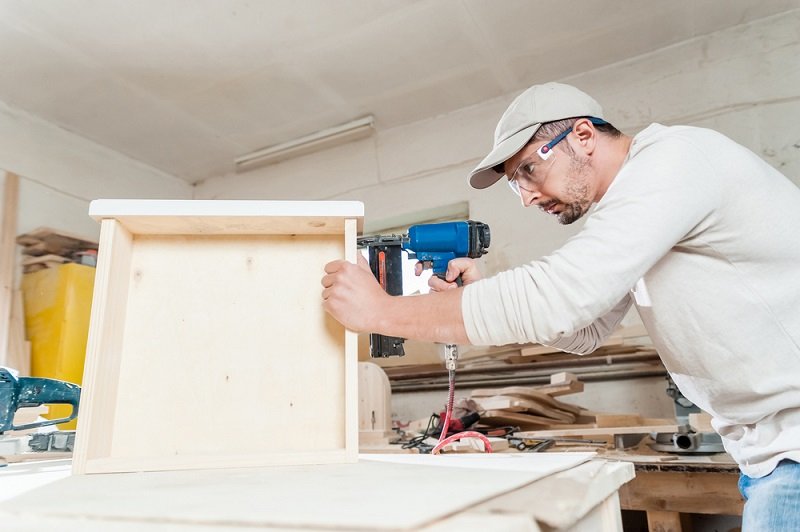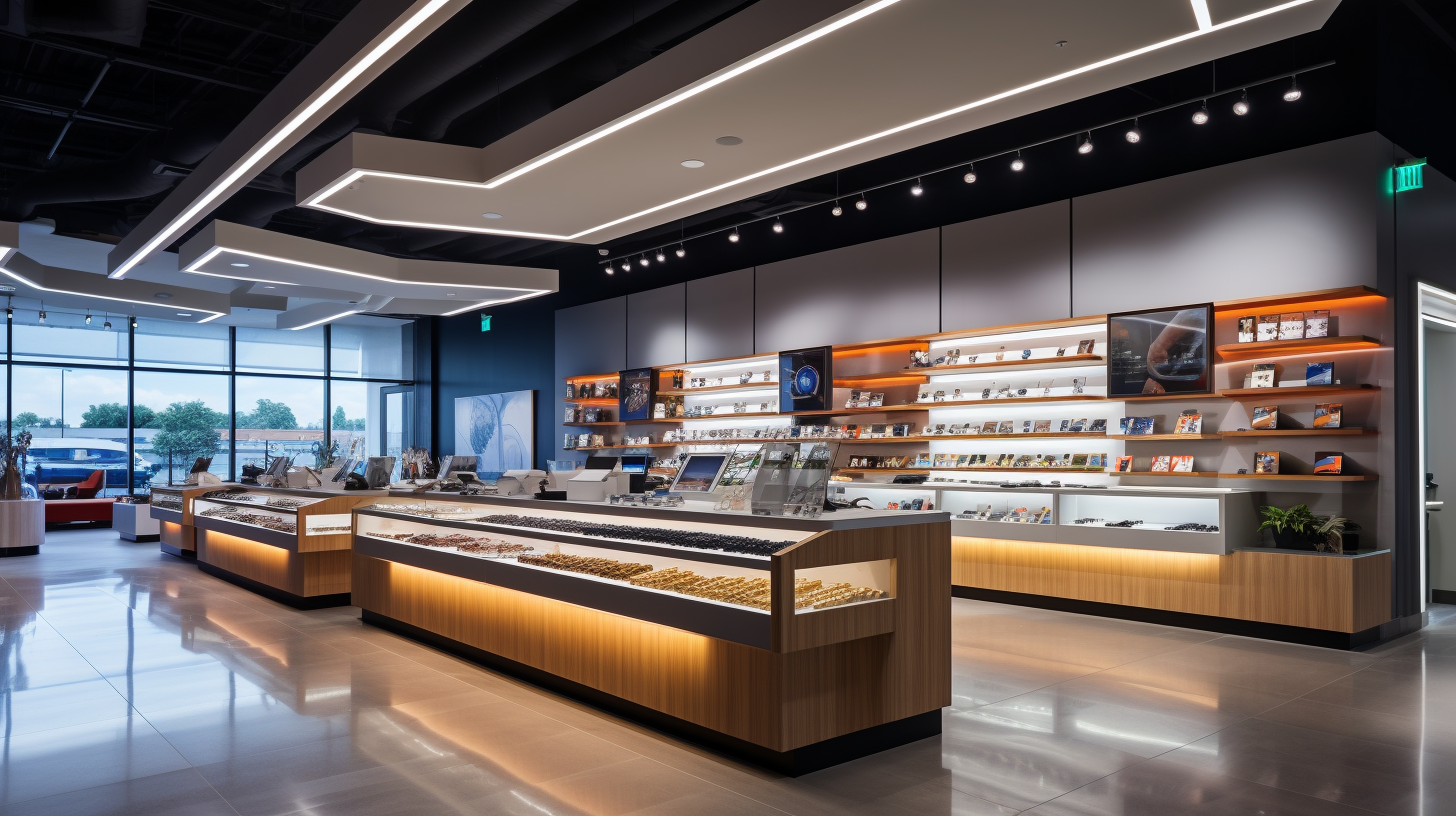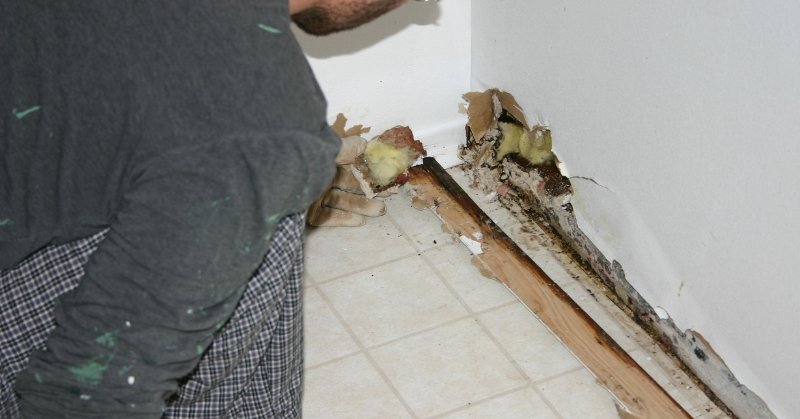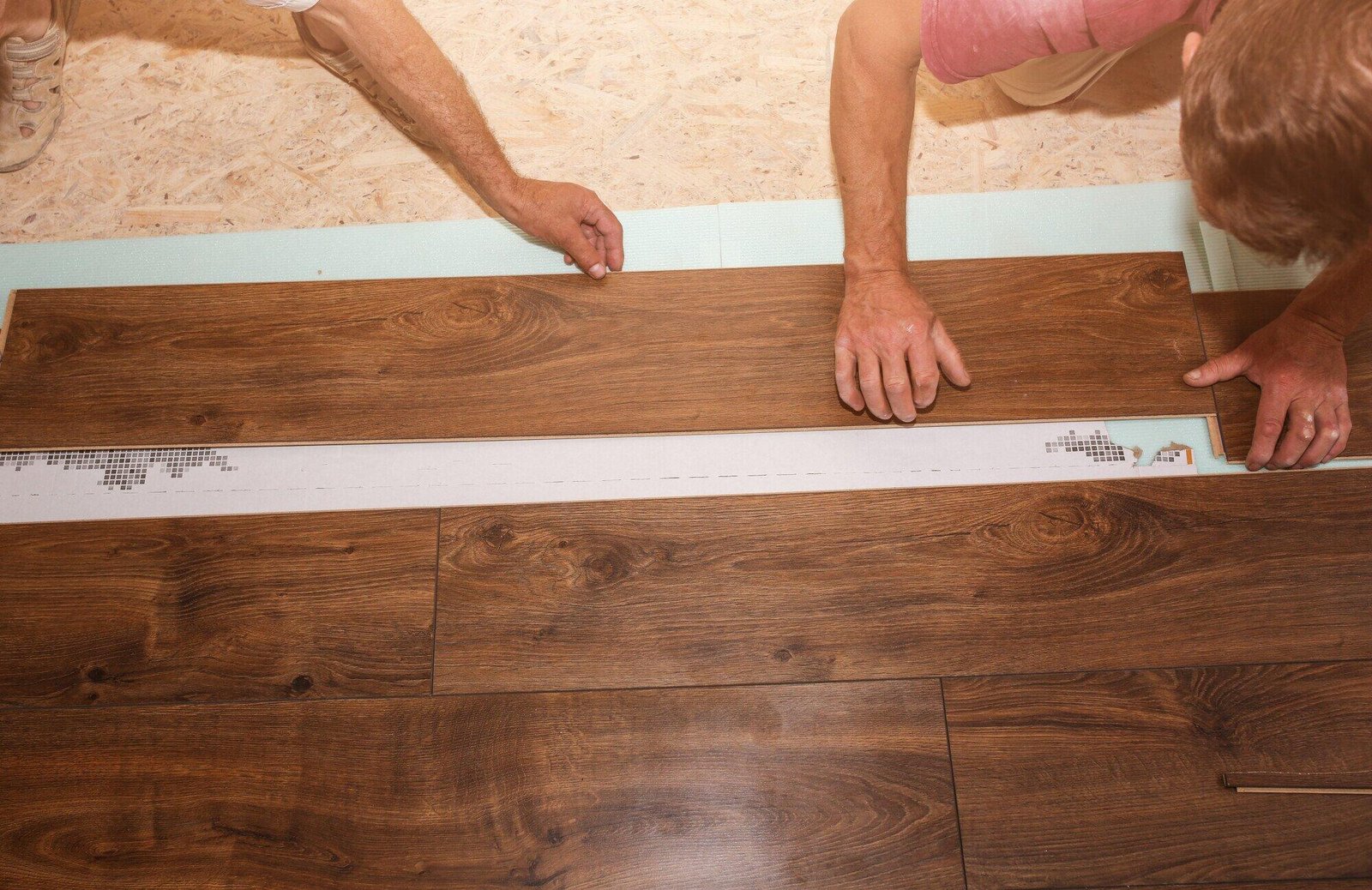Introduction: The Magic Behind Custom Furniture Design
Have you ever looked at a beautifully crafted piece of furniture and wondered how it was made? The world of custom furniture design is a fascinating one, with a rich history and an array of techniques and tools used by professional cabinet makers across the globe. But what does it really take to create a bespoke piece of cabinetry or tailored furniture? In this article, we’ll delve into the world of cabinet makers, exploring their advanced equipment, woodworking techniques, and high-quality materials to reveal the secrets behind their fine craftsmanship.
The Art of Cabinet Making: A Brief History
Cabinet making has been a respected trade for centuries, with skilled woodworkers creating beautiful and functional furniture for homes, businesses, and even royalty. In the past, cabinet makers would work exclusively with hand tools, painstakingly constructing each piece from scratch. Today, modern technology and machinery have revolutionized the industry, allowing cabinet makers to produce high-quality, custom pieces more efficiently than ever before.
Advanced Equipment Used by Professional Cabinet Makers
The tools and equipment used by professional cabinet maker have evolved significantly over the years. Today’s woodworking machines help to streamline the cabinet making process, ensuring that each piece is crafted with precision and efficiency. Some of the most commonly used advanced equipment includes:
- Table saws: These powerful machines are used for cutting large panels and dimensional lumber to size, providing a clean and precise cut every time.
- Jointers and planers: These tools are essential for preparing wood surfaces, ensuring that they are flat, smooth, and ready for assembly.
- Routers: Used for shaping and detailing wood, routers allow cabinet makers to create intricate designs and decorative features.
- Edge banding machines: These machines apply a thin strip of veneer or laminate to the edges of panels, giving them a finished appearance.
- CNC machines: Computer Numerical Control (CNC) machines use digital instructions to control the movement of tools, allowing for precise and accurate cuts on a variety of materials.

High-Quality Materials: The Building Blocks of Custom Furniture
The materials used by cabinet makers play a crucial role in the final appearance and quality of their creations. Some of the most popular materials used in custom furniture design include:
- – Hardwoods: Durable and attractive, hardwoods such as oak, maple, and cherry are often used for their natural beauty and strength.
- Plywood and particleboard: These engineered wood products are more affordable than solid wood and provide a stable base for veneers and laminates.
- Veneers: Thin sheets of wood or other materials, veneers are applied to the surface of panels to give them a high-quality, finished appearance.
- Laminates: Made from layers of paper or fabric, laminates are a cost-effective way to achieve the look of more expensive materials, such as wood or stone.
- Hardware: From hinges to drawer slides, the hardware used by cabinet makers can greatly impact the functionality and aesthetics of their creations.
Mastering Woodworking Techniques: The Key to Fine Craftsmanship
In addition to advanced equipment and high-quality materials, professional cabinet makers must also master a variety of woodworking techniques to create truly exceptional pieces. Some of the most important skills include:
- Joinery: The art of connecting wood pieces together, joinery techniques such as dovetails, mortise and tenon, and dado joints are essential for creating strong, durable cabinetry.
- Finishing: Applying stains, paints, and other finishes to wood surfaces can greatly enhance their appearance and protect them from damage.
- Carving and inlay: These decorative techniques allow cabinet makers to add intricate details and personal touches to their creations.
- Upholstery: For pieces that include seating or cushioning, upholstery skills are necessary to create comfortable and attractive furniture.
The Future of Cabinet Making: Innovative Tools and Technology
As technology continues to advance, so too does the world of cabinet-making. Innovations such as cabinet design software, laser cutting machines, and 3D printing are transforming the industry, providing new opportunities for creativity and efficiency. Professional woodworkers must stay up to date with these developments in order to remain competitive in the ever-changing world of custom furniture design.
Conclusion: The Lasting Appeal of Custom Cabinetry
In a world where mass-produced furniture is increasingly common, the art of cabinet-making remains a testament to the value of fine craftsmanship and personalized design. By mastering advanced equipment, woodworking techniques, and high-quality materials, professional cabinet makers are able to create stunning, one-of-a-kind pieces that stand the test of time. As technology continues to evolve, we can expect to see even more innovation and creativity in the world of custom cabinetry, ensuring that this age-old trade remains relevant and thriving for years to come.




